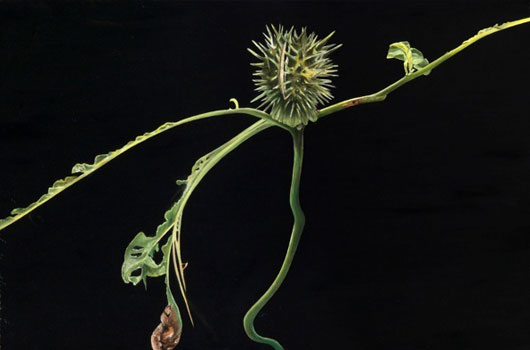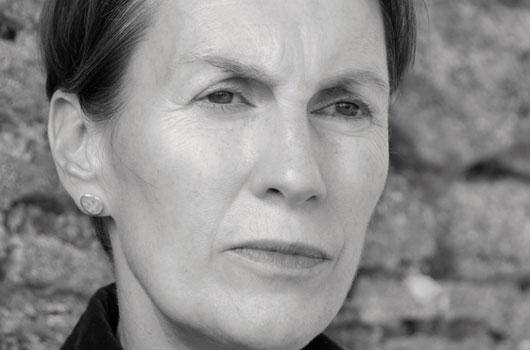The formation of a painter might be difficult to trace, but in Patrice Moor’s case, childhood seems to have been important – and not just her own.
Patrice grew up in Paris, Brussels, Bonn and The Hague, with holidays in the Netherlands and an identity caught somewhere between French, Dutch and English. Yet if life was international, it was not simple.
“I was very aware of themes of mortality when I was growing up,” she says. “I didn’t have those carefree years when death felt removed from everyday life. That planted seeds.”
Patrice’s grandfather was an art collector who loved Dutch Masters. Although she says the relationship has been “organic” rather than apparent, yet Patrice now sees the Dutch influence at play in her own work, not simply in her love for still lifes but also in her understanding of her craft.
“My view of art is that it is a process of self-acceptance,” she says. “It is not always a very comfortable process.”
Moor herself is primarily a figurative artist and perhaps above all a keen observer. It is by staying most faithful to what’s in front of her, she argues, that she is best able to tap into what is spiritual. Moreover, spirituality is what she often finds herself drawn to in other, very different artists, such as in the abstract painters Marc Rothko and Willem de Kooning.
“Spirituality is about the commonality of human experience,” she says. “Most mundane things are profoundly spiritual. Art has the capacity to help us see the extraordinariness of the everyday. Transience is important in that respect – it emphasises beauty.”

Datura Stramonium (2014), oil on linen
Child muses
Given her focus on capturing what is fleeting, it should perhaps come as no surprise that Moor only started painting in earnest when her children were born. She had been busy in the adult years leading up to motherhood, studying Modern History and French Literature, working as a trainee stockbroker for a year in the City (“a sort of disaster”), spending several years employed in the nuclear department of Friends of the Earth and preparing for her law finals, which she finished during pregnancy.
But it seems to habe been the new experience of childhood – as a 34-year-old mother – that got her painting.
“I was entirely self-taught,” she says. “A third degree was not possible! I started by painting my children and then I began on still lifes. I have always hoped that my work would not merely be precise and detailed but that it would also convey emotions that were echoed in the experiences of the viewers. Contrary to what I expected, I’ve found the themes have a habit of choosing me.”
It is this concern for connectivity that characterises her ideas for her residency at Somerville. In the past she produced 252 skulls in a long-term project focused on mortality. At Somerville she plans instead to focus on life. One project she has already begun work on is to create a wall of photographed hands – the hands of Somervillians. These would flank the paintings she is at work on for her exhibition in June 2016.”
“What I’m looking for is a visual and emotional response to Somerville,” she says. “There is a great deal of rhetoric about art these days – a kind of ‘Artspeak’. I’m more interested in the viewers’ own deeper engagement – and in their responses.”
To view more of Patrice’s work, see www.patricemoor.co.uk
